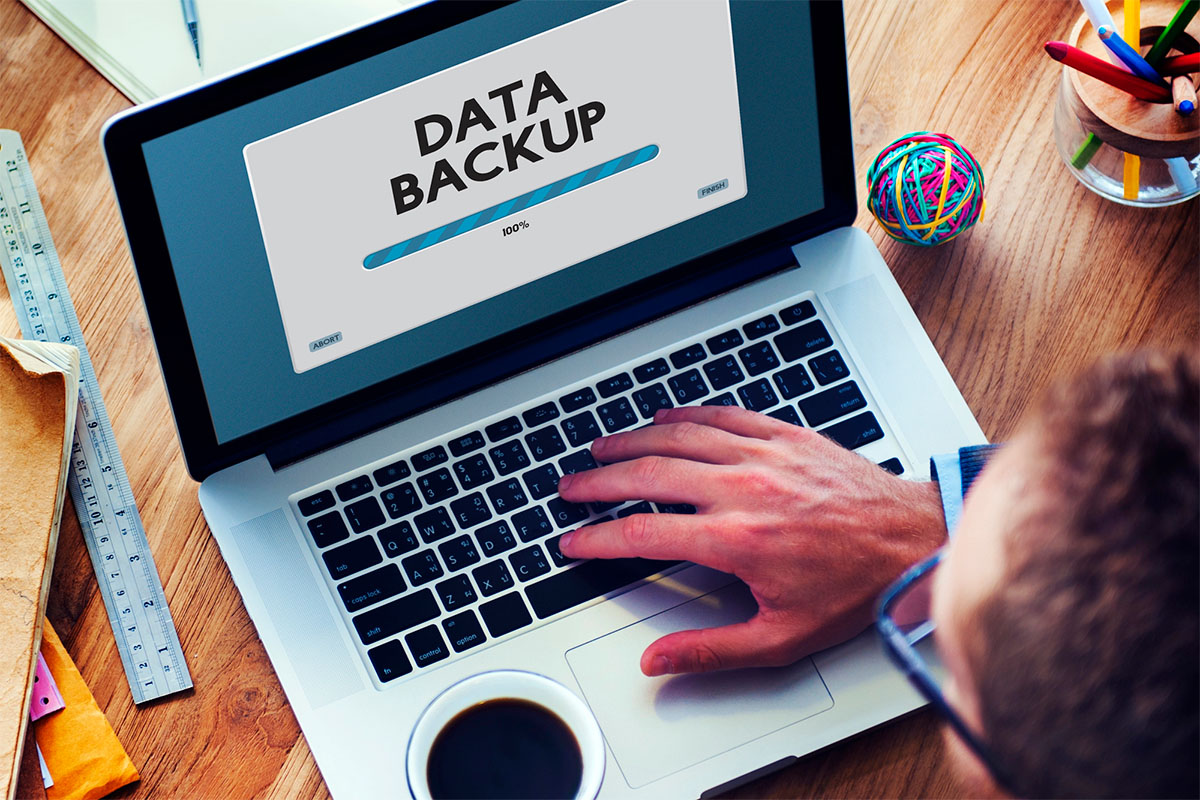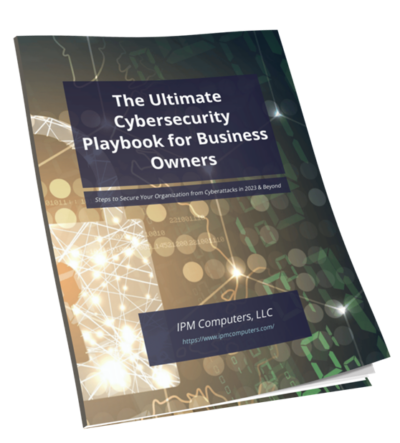It’s an early Monday morning. Your system boots up, and instead of dashboards and email notifications, you see a ransomware note demanding $250,000 in crypto. The files your team needs to operate are gone—or at least inaccessible. It’s not just a productivity nightmare—it’s a potential business-ending event.
Here’s the good news: most catastrophic data losses are entirely preventable with one unshakable principle—the 3-2-1 backup rule.
Some people say it’s “old school.” The truth? In 2025, as cloud dependency, ransomware sophistication, and hybrid work environments all expand, the 3-2-1 method is more relevant than ever.
What Is the 3-2-1 Backup Rule?
The 3-2-1 rule is a foundational data protection strategy that keeps business operations resilient under virtually any failure scenario. In its classic form:
- 3: Keep three copies of your data (including the original).
- 2: Store them on two different types of media.
- 1: Have one copy stored offsite—physically separated from your primary environment.
Example in action:
- Primary copy – Active files on your workstations/servers.
- Secondary copy – Backup stored on a local storage device (like a NAS).
- Offsite copy – Encrypted backup in a secure cloud or remote data center.
The “two media” rule isn’t about being redundant—it spreads risk. If one media type fails (hardware crash, software corruption), the alternate likely survives.
Why Some Argue It’s Outdated—And Why They’re Wrong
Myth #1: “We use the cloud for everything; that’s backup enough.”
Reality: Cloud storage is not the same as a true backup—sync errors, accidental deletions, and account breaches can propagate instantly to your “backup.”
Myth #2: “Ransomware won’t hit us.”
Reality: Small to medium businesses are prime targets. Ransomware can encrypt local files and connected storage. Without an isolated copy, you’re stuck.
Myth #3: “We can restore from yesterday’s backup.”
Reality: You might need backups from weeks or months back due to delayed detection of corruption or breaches—3-2-1 supports multiple restoration points.
How the Rule Holds Up Today
While the principle hasn’t changed, the execution has changed with technology shifts and advances:
- Media Types Evolved: Once it meant “hard drive + tape.” Now it can be SSD + cloud, NAS + object storage, etc.
- Offsite = Off-Network: In hybrid work, it’s critical the “1” isn’t just offsite physically, but logically—immune to live cyberattacks.
- Automation & Testing: Cloud integration allows scheduled, testable backups rather than relying on manual processes.
Business Risks Without 3-2-1
- Ransomware Extortion – Without an uncompromised offsite copy, you’re forced to pay criminals—or start from zero.
- Hardware Failure – SSDs, HDDs, and servers have finite lifespans; recovery timelines can be crippling without alternates.
- Human Error – Deleted a client folder? Without a backup path, it’s gone.
- Natural Disasters – Fire, flood, storms—your onsite data is only as safe as your building.
Upgrading the Rule for Today’s Environment (“3-2-1-1-0”)
Forward-looking MSPs have adapted the rule:
- 3 – Three copies total
- 2 – Two types of media/storage
- 1 – One offsite copy
- 1 – One copy offline/air-gapped (immune to network threats)
- 0 – Zero errors from last backup verification test
This enhances ransomware resilience and ensures integrity.
Air-gapped backups—a copy stored completely disconnected from networks—are now considered essential in ransomware defense planning.
Implementation Roadmap
Here’s a clear way to adopt the 3-2-1 approach in a modern business:
Stage 1 – Assess Environment
- Audit current data storage (local, cloud, personal devices).
- Identify critical vs. non-critical data.
Stage 2 – Select Your Media Mix
- Common pair: Onsite network-attached storage (NAS) + cloud object storage.
- Consider immutable storage options for ransomware resistance.
Stage 3 – Automate & Schedule
- Set automatic daily incrementals + weekly full backups.
- Keep multiple restoration points.
Stage 4 – Isolate the Offsite Copy
- Ensure it’s either physically remote or logically locked from live systems.
- Use encryption in transit and at rest.
Stage 5 – Verify & Test Restores
- Monthly test restorations to ensure backups aren’t corrupted or incomplete.
Stage 6 – Document & Train Staff
- Have an internal guide for where backups are stored and how to initiate restores.
- Limit access to prevent tampering.
Industries Where 3-2-1 Is Mission Critical
- Healthcare: HIPAA requires secure, reproducible patient record management.
- Finance: Regulated retention of transaction and client data with rapid availability.
- Legal: Case evidence and discovery materials must be retrievable across time spans.
- E-Commerce: Transaction records and site databases must avoid downtime loss.
While every business benefits, regulated industries face legal penalties if they fail to retrieve records.
Integrating with Disaster Recovery and Business Continuity
A backup strategy is only as valuable as the speed and completeness of recovery. 3-2-1 integrates into:
- Disaster Recovery Plans – Prioritizing which systems/data restore first (RTO—Recovery Time Objective).
- Business Continuity Planning – Procedures that let your business continue operations even mid-restoration.
Frequently Asked Questions About The 3-2-1 Backup Rule
Is 3-2-1 enough by itself now?
It’s a foundation—add air-gapped/immutable copies and regular verification to stay ahead of threats.
How often should backups occur?
Daily incrementals with regular full backups (weekly/biweekly) are standard; mission-critical data may need hourly.
Can I count cloud storage as one of my two media types?
Yes—provided it’s in true backup form, not just synced files.
How long should I keep backup copies?
Retention policies vary; regulated industries often require years, others keep rolling 90–180 day windows.
What’s the common failure in 3-2-1 compliance?
Unverified offsite copies—many “discover” their backups are corrupted only after disaster strikes.
Why 3-2-1 is Still Relevant
Threats now are more complex, data volumes have exploded, and downtime costs are higher than ever. But the core principles of the 3-2-1 rule have never been more applicable—diversity of storage, location separation, and redundancy still neutralize the majority of potential loss events.
Modern tools may change how you implement the 3-2-1 backup, but not why. If your current backup practices don’t meet this baseline, you’re leaving your operations to chance in an era when prevention tools are both available and affordable.





